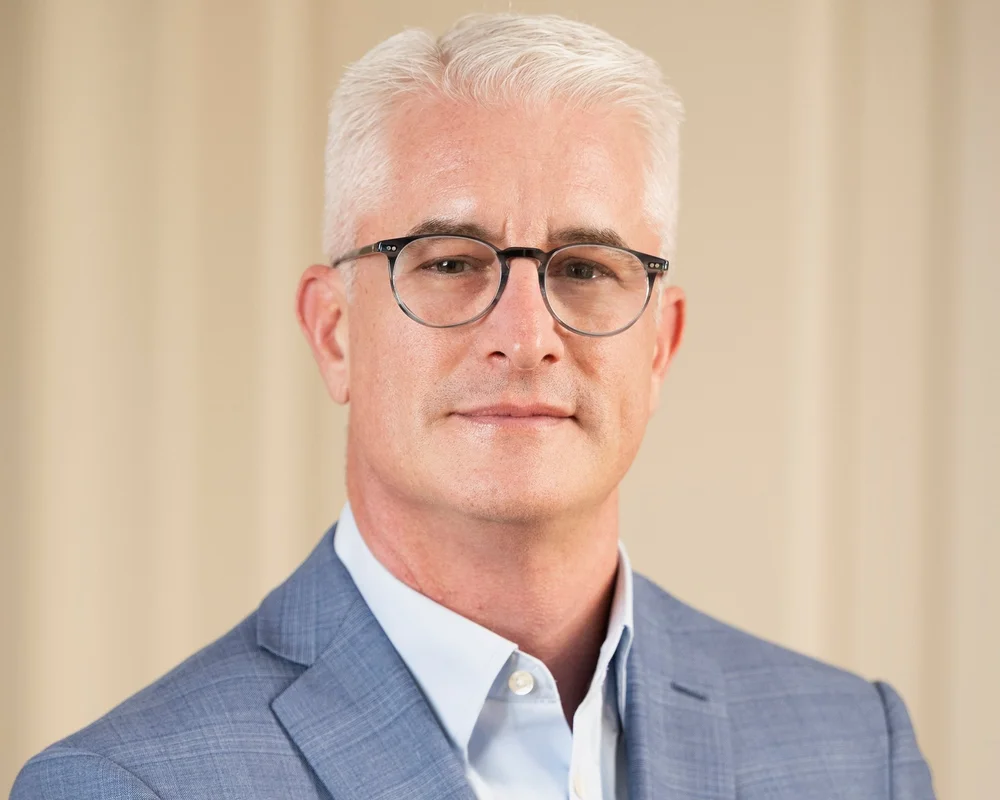 Behind almost every new network buildout there are engineering and construction firms doing the heavy lifting. In New York and New Jersey, ZenFi’s rapid expansion in recent years has leveraged expertise from its sister company, Conexcity. Conexcity recently rebranded itself from its prior moniker, Metro Network Services, as it continues to dive deeper into the buildout of 5G wireless infrastructure and related technologies. With us today to talk about Conexcity’s new brand and its approach to the buildout of nextgen networks is the company’s General Manager, Christopher Smedley.
Behind almost every new network buildout there are engineering and construction firms doing the heavy lifting. In New York and New Jersey, ZenFi’s rapid expansion in recent years has leveraged expertise from its sister company, Conexcity. Conexcity recently rebranded itself from its prior moniker, Metro Network Services, as it continues to dive deeper into the buildout of 5G wireless infrastructure and related technologies. With us today to talk about Conexcity’s new brand and its approach to the buildout of nextgen networks is the company’s General Manager, Christopher Smedley.
TR: What is Conexcity and how did you get involved?
CS: Conexcity was rebranded from the old Metro Network Services, a 10-year-old engineering firm that primarily drove within the fixed wireless, fiber engineering space here in New York and New Jersey. I had prior connections to MetroNS because I used to work for National Network Technologies, which is a former name of MetroNS back in the early 2000s. I had left for some other ventures and opportunities, but have wound up coming back here a little over a year ago.
TR: What drove the decision to rebrand the company as Conexcity?
CS: We really have a very good foundational skill set in wireline fiber, a business we understand completely both for inside plant and outside plant, within buildings and out in the streets. What we wanted to do is overlay all of the technical expertise we now have in the wireless industry. So we decided to rebrand the company with a name that kind of bridges the wireless to the wireline. As Conexcity we still have the same focus of customer service and technical knowledge but emphasize our ability to also be an end-to-end integrator within the wireless space. It was a long process, and we went through many gyrations and different names, and finally we felt that this particular name, Conexcity, gave us the ability to just explain what we’re all about now: connecting the wireless to the wireline.
TR: What are Conexcity’s core services and capabilities?
CS: Our primary focus in the past has been fixed wireless and fiber engineering. Over the past 36 months, though, we’ve been head-down focused on the wireless infrastructure business. That means the engineering, design, implementation, and integration of small cells and in-building DAS networks in the New York, New Jersey area. And we have just been growing in astronomical waves here from just these service offerings. We have a lot of different clients that we deal with, including the major mobile network operators but also real estate management businesses.
TR: Where in that spectrum of services do you find yourselves focusing the most on?
CS: Our sweet spot is primarily in the planning and design. What differentiates us from a lot of other companies is that we are very familiar with the process by which it takes to start the implementation phase of an outdoor, small cell network here in New York and New Jersey. We know how to deal with the government agencies like DOITT and DOT as well as the local municipalities that you have to deal with in every piece of the state of New Jersey, to get all the proper “mother-may-I”s to be able to hang wireless infrastructure on street poles and other city-based assets. We also have a lot of connection to different labor types in cases where city agencies that tell us we must use particular types of labor.
TR: What unique features does the infrastructure business have in the NY/NJ metro area?
CS: I’ll give you a particular example for New York City. We deal with DOITT and DOT every day here in New York. They have a set process by which they manage the ability of wireless providers to hang wireless equipment, small cell equipment on poles here in New York City. We understand the trials and tribulations of that process, as well as dealing with the public utility companies like ConEd to get power to the equipment on those poles. New Jersey is a different animal. They have all these separate municipalities that aren’t really prepared yet for this type of infrastructure to be installed. Either there are no processes or they’re not really as well defined. Each one asks for different things and different pieces of information, so it’s not really a cookie-cutter and becomes quite difficult. So we try and almost give guidance based on our experiences in New York City to help some of those governmental agencies and maybe adapt some of those methodologies in order to get to an end-to-end process. I think they’re all starting to learn very quickly because they’re getting a lot of asks from these mobile network operators and they’re becoming more open to a lot of feedback. They are are understanding that this is going to be a major undertaking.
TR: Do you have any plans to expand the services you offer as well?
CS: For now we’re focused in on our sweet spot of small cells and 5G infrastructure over ultra-dense networks and on the in-building aspect of the business. Here in New York City where we obviously have a lot of tall commercial buildings, which now require extended reach within them to get enterprise and residential customers access to good broadband access.
TR: How far along are we as an industry on the wireless infrastructure buildouts that will power 5G and the services it enables?
CS: To mimic our CEO, Ray LaChance, “We’re kind of in the first inning of all this.” A lot of these mobile network operators are just starting to build their 5G infrastructure, and in particular the small cell networks they’ll need for 5G service. In the in-building world, I think building owners and building management companies have a need to offer not just a real estate product but also more of a technology product to both tenants and their customers within the building. I think they’re starting to realize that this is almost a new utility that they have to offer. People are just starting to understand that they have to put capital dollars towards these projects so that they can bring their infrastructure to the next level in preparation for this 5G phenomenon.
TR: What’s the biggest challenge the industry faces in achieving the promises of 5G?
CS: There’s so much hype around it that I think people are just waiting for this moment of time when they can utilize this service that’s been talked about for the last two or three years. Our challenge is just getting the networks in place and getting them integrated and operating properly. Some of the immediate hurdles that these mobile network operators are going through are just getting network in as fast as they can and dealing with the municipalities. They’ll have to look at out-of-the-box ideas for planning and engineering to be able to roll out these networks as fast as they possibly can.
TR: Why do you think engineering and construction firms get so little credit for the infrastructure they build and we all use every day?
CS: Most people just see the finished product. It’s not the beautiful work. It’s all the underlying work that it takes to get to that point that a lot of people don’t see. Yet we have a lot of people working on those things. More companies like us need to get into the foreground to show how extensive it really is. It is we who have the technical skills and local working knowledge and experience to be able to get these networks approved and installed and commissioned as quickly as possible.
TR: Thank you for talking with Telecom Ramblings!
If you haven't already, please take our Reader Survey! Just 3 questions to help us better understand who is reading Telecom Ramblings so we can serve you better!
Categories: Engineering & Construction · Fiber Networks · Industry Spotlight · Wireless






Discuss this Post